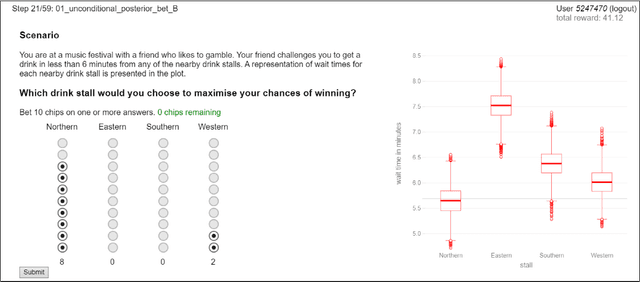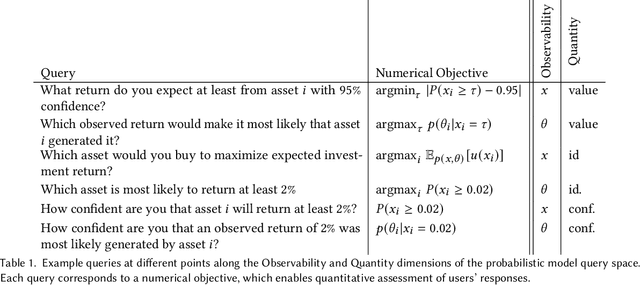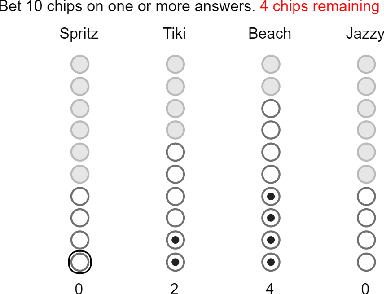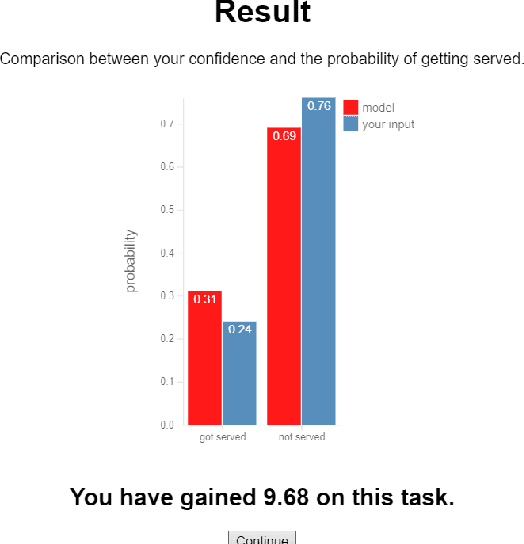John H. Williamson
School of Computing Science, University of Glasgow, Scotland, United Kingdom
Active Inference and Human--Computer Interaction
Dec 19, 2024



Abstract:Active Inference is a closed-loop computational theoretical basis for understanding behaviour, based on agents with internal probabilistic generative models that encode their beliefs about how hidden states in their environment cause their sensations. We review Active Inference and how it could be applied to model the human-computer interaction loop. Active Inference provides a coherent framework for managing generative models of humans, their environments, sensors and interface components. It informs off-line design and supports real-time, online adaptation. It provides model-based explanations for behaviours observed in HCI, and new tools to measure important concepts such as agency and engagement. We discuss how Active Inference offers a new basis for a theory of interaction in HCI, tools for design of modern, complex sensor-based systems, and integration of artificial intelligence technologies, enabling it to cope with diversity in human users and contexts. We discuss the practical challenges in implementing such Active Inference-based systems.
Evaluating Bayesian Model Visualisations
Jan 10, 2022



Abstract:Probabilistic models inform an increasingly broad range of business and policy decisions ultimately made by people. Recent algorithmic, computational, and software framework development progress facilitate the proliferation of Bayesian probabilistic models, which characterise unobserved parameters by their joint distribution instead of point estimates. While they can empower decision makers to explore complex queries and to perform what-if-style conditioning in theory, suitable visualisations and interactive tools are needed to maximise users' comprehension and rational decision making under uncertainty. In this paper, propose a protocol for quantitative evaluation of Bayesian model visualisations and introduce a software framework implementing this protocol to support standardisation in evaluation practice and facilitate reproducibility. We illustrate the evaluation and analysis workflow on a user study that explores whether making Boxplots and Hypothetical Outcome Plots interactive can increase comprehension or rationality and conclude with design guidelines for researchers looking to conduct similar studies in the future.
Forward and Inverse models in HCI:Physical simulation and deep learning for inferring 3D finger pose
Sep 07, 2021



Abstract:We outline the role of forward and inverse modelling approaches in the design of human--computer interaction systems. Causal, forward models tend to be easier to specify and simulate, but HCI requires solutions of the inverse problem. We infer finger 3D position $(x,y,z)$ and pose (pitch and yaw) on a mobile device using capacitive sensors which can sense the finger up to 5cm above the screen. We use machine learning to develop data-driven models to infer position, pose and sensor readings, based on training data from: 1. data generated by robots, 2. data from electrostatic simulators 3. human-generated data. Machine learned emulation is used to accelerate the electrostatic simulation performance by a factor of millions. We combine a Conditional Variational Autoencoder with domain expertise/models experimentally collected data. We compare forward and inverse model approaches to direct inference of finger pose. The combination gives the most accurate reported results on inferring 3D position and pose with a capacitive sensor on a mobile device.
 Add to Chrome
Add to Chrome Add to Firefox
Add to Firefox Add to Edge
Add to Edge